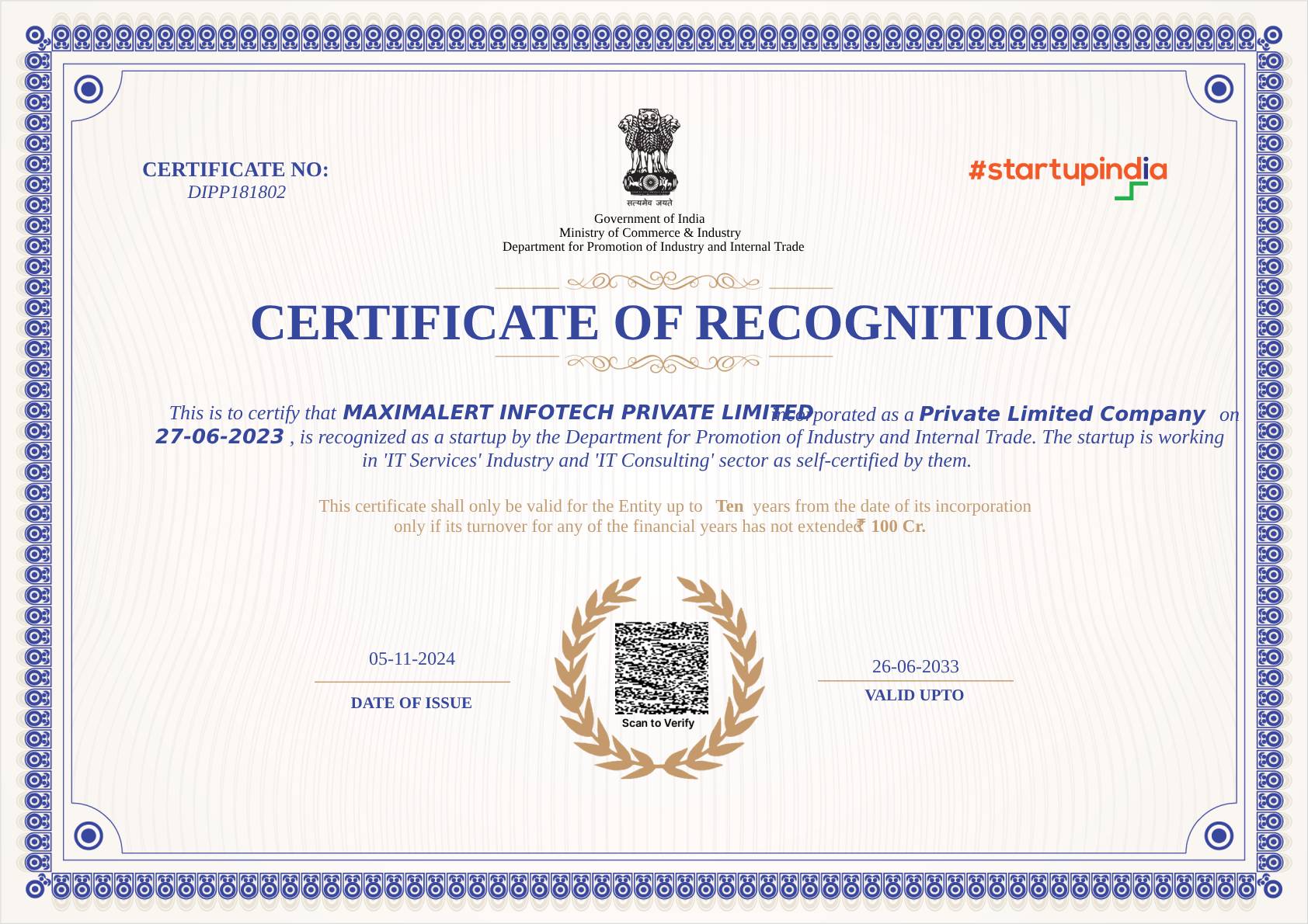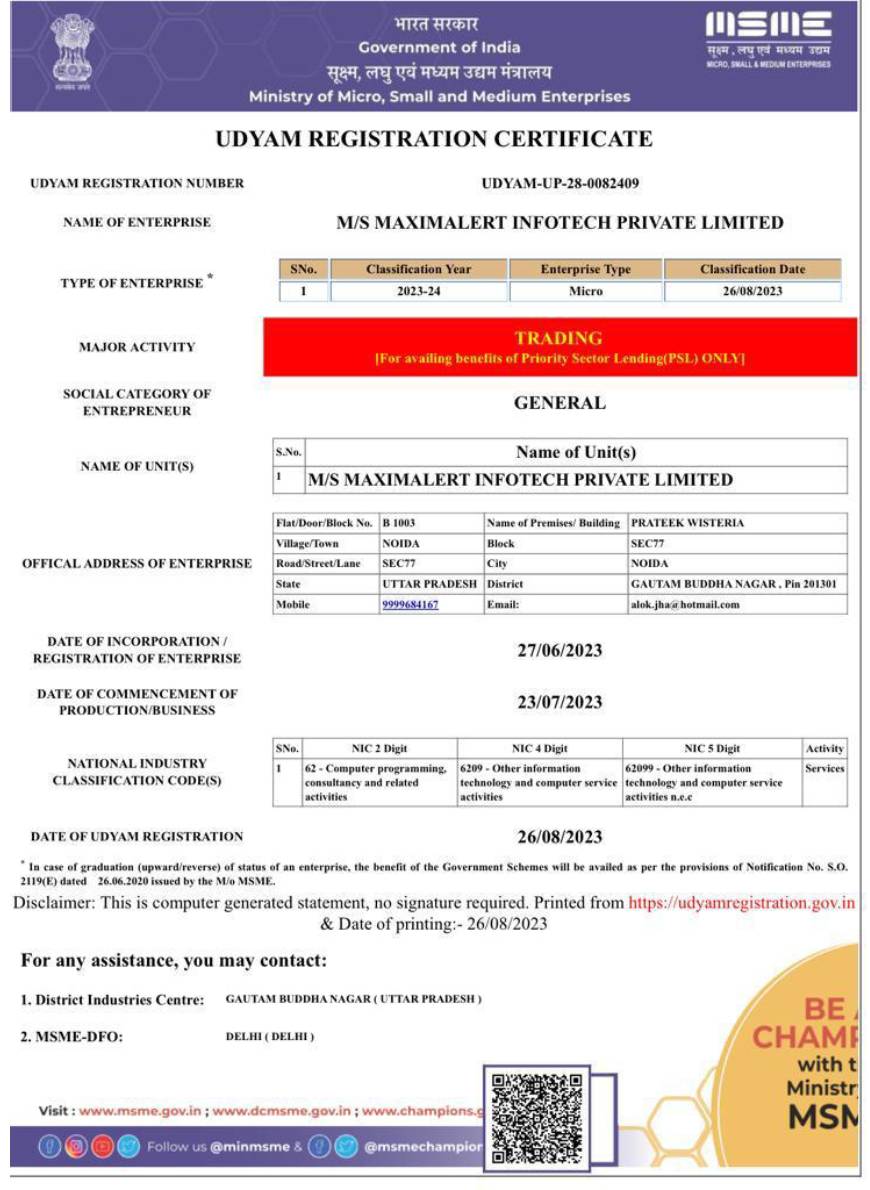Change and Continuity in Cybersecurity : A Balancing act
Piyush Mishra
January 13, 2025
Visit Count : 167
The cybersecurity landscape is a dynamic and ever-evolving battlefield. New threats emerge daily, from sophisticated ransomware attacks to the insidious spread of malware. This constant flux demands a proactive and adaptive approach to security measures. However, amidst this whirlwind of change, the need for robust, consistent security foundations remains paramount. This article explores the delicate balance between embracing change and maintaining essential continuity in cybersecurity.
The Imperative of Change
- Evolving Threat Landscape: Cybercriminals are constantly refining their tactics, exploiting new vulnerabilities in software, hardware, and human behavior. Staying stagnant in security measures leaves organizations vulnerable to the latest threats.
- Technological Advancements: New technologies like AI, machine learning, and cloud computing offer powerful tools for enhancing security. Embracing these advancements is crucial for staying ahead of the curve.
- Regulatory Compliance: The regulatory landscape is constantly evolving, with new laws and standards emerging to address the growing cyber threat. Organizations must adapt their security measures to comply with these regulations. The Importance of Continuity:
- Maintaining Operational Resilience: Disruptions to critical systems due to cyberattacks can have devastating consequences for businesses and even entire societies. Maintaining a robust and resilient security posture is essential for ensuring business continuity.
- Building Trust and Confidence: Consistent and reliable security practices are crucial for building and maintaining trust with customers, partners, and stakeholders.
- Data Protection and Privacy: Ensuring the confidentiality, integrity, and availability of sensitive data is paramount. Consistent security measures are essential for protecting this valuable asset. Balancing Change and Continuity:
- Prioritize Foundational Security: Invest in strong foundational security measures such as robust access controls, regular security assessments, and employee security awareness training. These measures provide a solid base upon which to build and adapt to new challenges.
- Embrace a Risk-Based Approach: Continuously assess and reassess your organization's risk profile. This allows you to prioritize security investments based on the most critical threats and vulnerabilities.
- Foster a Culture of Security: Cultivate a security-conscious culture within your organization. Encourage employees to report suspicious activity and empower them to make informed security decisions.
- Leverage Automation and Orchestration: Automate security tasks wherever possible to improve efficiency and reduce the burden on security teams. Utilize security orchestration platforms to streamline security operations and improve response times.
- Stay Informed and Adapt: Continuously monitor the threat landscape, attend industry events, and stay abreast of the latest security research and best practices.
Conclusion:
In the ever-evolving world of cybersecurity, finding the right balance between change and continuity is essential for success. By embracing change while maintaining a strong foundation of security, organizations can effectively mitigate risks, protect their valuable assets, and thrive in an increasingly interconnected and complex digital world.
Disclaimer:
This article provides general information and should not be considered legal or professional advice. I hope this article provides a helpful overview of the critical balance between change and continuity in cybersecurity




